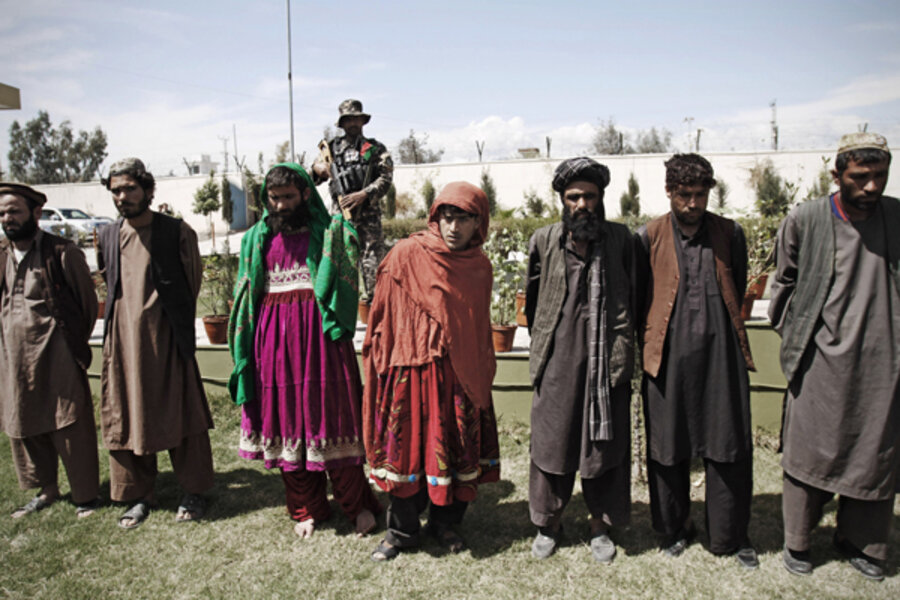● The original Taliban
The most established group is the Taliban that led the Afghan government in the 1990s. Led by Mullah Omar and others who held top positions in the pre-invasion government, the Taliban has traditionally held the most sway in southern Afghanistan, where it has deep roots. US officials believe that senior leaders are based in Pakistan, possibly Quetta.
● Hekmatyar's Hizb-e-Islami
A prominent ally under the Taliban umbrella is Hizb-e-Islami, a group formed by warlord Gulbuddin Hekmatyar in the 1970s to fight the Soviet-backed government and later the Soviet invasion. Throughout the 1980s, Hizb-e-Islami was an ally of Pakistan and the United States.
After the US invasion in 2001, a faction of Hizb-e-Islami led by Mr. Hekmatyar joined the insurgency. It is strongest in the northern regions of the country, Afghanistan expert Antonio Giustozzi told the Monitor in 2009. With its long history, Hizb-e-Islami may have extensive contacts in the government and police.
While many Taliban fighters are poor and uneducated, Hizb-e-Islami members have usually gone to school, even college. Perhaps as a result, they tend to have a more lenient interpretation of Islam than other insurgent groups do – for example, they often allow music and parties.





